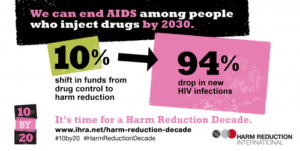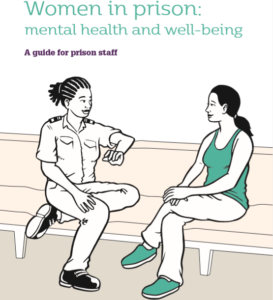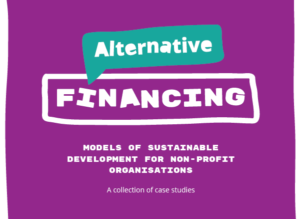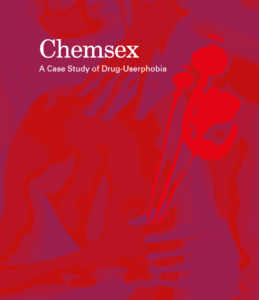 Why do we need action?
Why do we need action?
Harm reduction is an evidence-based and cost-effective approach to drug policy and practice that is about keeping people who use drugs, their families and communities safe and healthy.
Harm reduction is about saving lives and it works!
Yet many countries still do not provide harm reduction services. According to UNAIDS, between 2010 and 2014 only 3.3% of HIV prevention funds went to programmes for people who inject drugs.
Why now?
Harm Reduction International’s data shows that since 2014, no new countries have established needle and syringe programmes (NSP) and just three have introduced opioid substitution therapy (OST). Of 158 countries where injecting drug use is reported, over half (78) do not offer OST and more than a third (68) still do not provide NSP. In 2015, a UN target to halve HIV transmission among people who inject drugs by 2015 was missed by more than 80%.
These figures are a call to action.
By contrast, each year governments spend over $100 billion on drug control strategies that have little effect on demand for drugs or on those who profit from the drug trade. At the UN General Assembly Special Session on Drugs in 2016, governments showed a new willingness to rethink these approaches. But now they must rebalance their spending.
What are we calling for?
We are calling on governments to redirect 10% of the resources currently spent on ineffective punitive responses to drugs and invest it in harm reduction by 2020.
What we will this achieve?
Even this small redirection of funding could achieve big results.
A 10% redirection of funding from drug control to harm reduction by 2020 would:
- End AIDS among people who inject drugs by 2030.
- Cover annual hepatitis C prevention need for people who inject drugs. Globally. Twice over.
- Pay for enough naloxone to save thousands upon thousands of lives every year from opiate overdose.
- Ensure effective advice, healthcare and emergency responses in the face of newly emerging challenges.
- Strengthen networks of people who use drugs to provide peer services and campaign for their rights.
What will happen if we don’t act now?
If the adoption of harm reduction in new countries continues at the current pace, it will be 2026 before every country in need has even one or two harm reduction programmes. In the meantime, thousands, if not millions, of lives will be lost.
Source: Harm Reduction International



